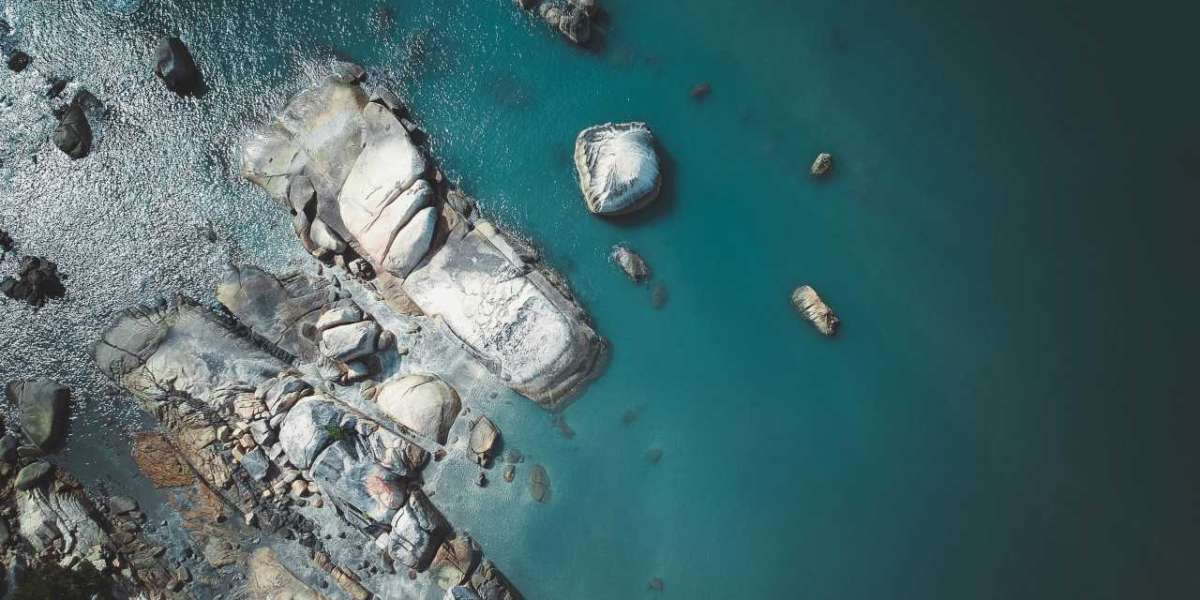Introduction:
In May 2006, a catastrophic event shook the Indonesian island of Java, causing extensive damage and leaving a trail of devastation in its wake. Known as the Great Java Earthquake, this seismic event had a profound impact on the region, altering lives and landscapes and reminding the world of the unpredictable forces of nature.
On the morning of May 27th, 2006, an earthquake with a magnitude of 6.3 struck the densely populated province of Yogyakarta in Central Java, Indonesia. The epicenter of the earthquake was located near the city of Bantul, which endured the brunt of the disaster. The powerful tremor, lasting for only a minute, sent shockwaves through the area, toppling buildings, destroying infrastructure, and claiming thousands of lives in its relentless fury.
The immediate aftermath of the earthquake was marked by chaos and confusion as survivors desperately searched for loved ones amid the rubble. As news of the disaster spread, rescuers and aid organizations poured into the region, aiming to provide relief and support to the affected population. Medical teams worked tirelessly amidst the chaos, attending to the injured and saving as many lives as possible.
The scale of destruction caused by the earthquake was immense, with countless houses reduced to piles of debris and schools, hospitals, and public buildings rendered unsafe. The historic royal city of Yogyakarta, a center of Javanese culture and heritage, also suffered significant damage, with landmarks, palaces, and temples crumbling under the relentless force of the quake.
The Great Java Earthquake of 2006 not only left physical scars on the region but also deeply scarred the local communities emotionally. Families were torn apart, livelihoods destroyed, and a sense of stability shattered. The rebuilding process would take years, as the affected areas slowly began to recover, reconstructing homes, schools, and businesses with the help of international aid and support.
In the years following the earthquake, efforts were made to strengthen infrastructure and improve disaster preparedness in the region. The tragedy served as a wakeup call, prompting governments and organizations to invest in earthquake-resistant construction and develop systems for rapid response and evacuation.
Today, the Great Java Earthquake of 2006 serves as a powerful testament to the resilience and strength of the Indonesian people. Although scarred by the tragedy, the communities impacted by the earthquake have made remarkable progress in rebuilding their lives and improving their resilience to future natural disasters.
Reprinted:The Great Java Earthquake of 2006








